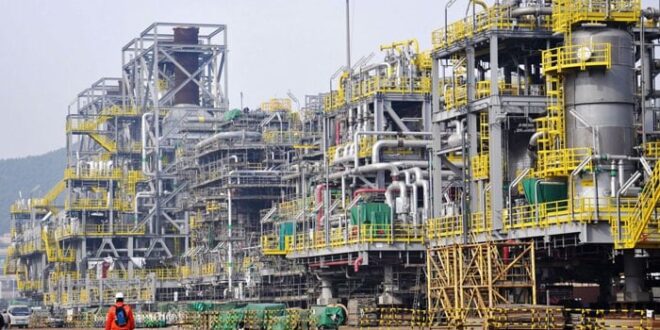Independent refineries in China, often called teapots, raised their run rates in March in a positive sign for oil demand from the world’s largest importer but worry remains about the immediate outlook.
The average run rate for the independents last month was 46%, Reuters reported, citing figures from Chinese energy consultancy Oilchem. The publication noted, however, that the March increase came from a rather low base of below 45% in February as the effect of the Biden administration’s parting sanctions on Russia’s energy industry kicked in.
China’s state refineries, on the other hand, maintain much higher run rates, at an average of over 75%, according to Oilchem.
The March improvement followed a rebound in Russian oil cargos as buyers and sellers found ways around the latest sanctions, which targeted tankers carrying Russian crude abroad. Supply from Iran also increased last month.
Going forward, run rates should continue to increase in April and May, driven higher by the seasonal uptick in diesel demand. However, this uptick will not be as notable as it used to be, at least according to FGE. Demand for the fuel this year is seen 250,000 bpd lower than it was in 2024, FGE’s head of China oil analysis Mia Geng said, as quoted by Reuters.
China has been replacing diesel trucks with trucks that run on liquefied natural gas, and this has eaten into diesel demand. Electric cars are another reason analysts cite for bearish oil demand forecasts for China, which is the world’s biggest EV market.
The latest factor, of course, is tariff fallout. Last week’s exchange of 34% tariffs between the United States and China has led most analysts to expect a decline in oil demand in the world’s biggest importer as U.S. crude becomes more expensive and the other tariffs begin to take their toll on economic growth.

 Iran Energy News Oil, Gas, Petrochemical and Energy Field Specialized Channel
Iran Energy News Oil, Gas, Petrochemical and Energy Field Specialized Channel



